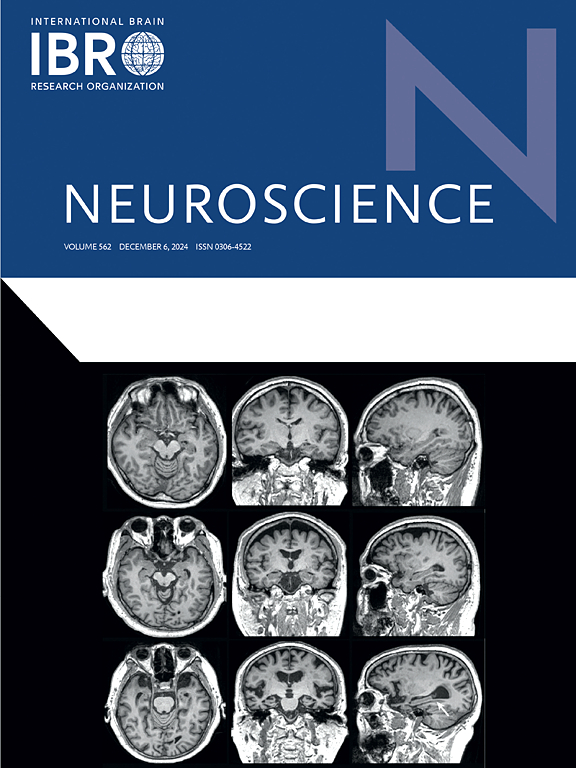IF 2.9
3区 医学
Q2 NEUROSCIENCES
引用次数: 0
摘要
本研究探讨了帕金森病(PD)患者的丘脑下核(STN)参与执行功能(尤其是认知灵活性)的情况。我们利用计算机化的威斯康星卡片分类任务(WCST)和植入式脑深部刺激(DBS)电极的局部场电位(LFP)记录,研究了任务特异性神经动态。行为结果表明,在需要通过跨时信息整合进行集合转换和规则归纳的试验中,错误率增加,反应时间延长。电生理分析揭示了整合特异性 LFP 调制,包括在高需求试验中与冲突监控和认知控制相关的θ波段活动增强,以及与运动抑制和任务脱离相关的β波段抑制。这些发现强调了 STN 在非运动领域的整合作用,支持其在认知控制中的跨时空信息整合功能。研究结果还突显了 WCST 在评估多种执行过程方面的实用性,以及基于 LFP 的生物标记物在完善 DBS 编程方面的潜力。尽管样本量相对较小,但这项研究提供了有关 STN 振荡动态的新见解,强调了 STN 在决策和执行控制中的广泛作用。未来的研究应扩大对 STN 在各个认知领域所作贡献的了解。本文章由计算机程序翻译,如有差异,请以英文原文为准。
Subthalamic nucleus dynamics during executive functioning: Insights from local field potentials in Parkinson’s disease
This study explores the involvement of the subthalamic nucleus (STN) in executive functions, particularly cognitive flexibility, in Parkinson’s disease (PD) patients. Utilizing a computerized Wisconsin Card Sorting Task (WCST) and local field potential (LFP) recordings from implanted deep brain stimulation (DBS) electrodes, we investigated task-specific neural dynamics. Behavioural results demonstrated increased error rates and prolonged response times in trials requiring set-shifting and rule induction via cross-temporal information integration. Electrophysiological analyses revealed integration-specific LFP modulations, including enhanced theta-band activity linked to conflict monitoring and cognitive control during high-demand trials, and beta-band suppression associated with motor inhibition and task disengagement. These findings underscore the STN’s integrative role in non-motor domains, supporting its function in cross-temporal information integration for cognitive control. The results also highlight the utility of the WCST for assessing multiple executive processes and the potential of LFP-based biomarkers to refine DBS programming. Despite the relatively small sample size, this study provides novel insights into the oscillatory dynamics of the STN, emphasizing its broader role in decision-making and executive control. Future research should expand the understanding of the STN’s contributions across cognitive domains.
求助全文
通过发布文献求助,成功后即可免费获取论文全文。
去求助
来源期刊

Neuroscience
医学-神经科学
CiteScore
6.20
自引率
0.00%
发文量
394
审稿时长
52 days
期刊介绍:
Neuroscience publishes papers describing the results of original research on any aspect of the scientific study of the nervous system. Any paper, however short, will be considered for publication provided that it reports significant, new and carefully confirmed findings with full experimental details.
 求助内容:
求助内容: 应助结果提醒方式:
应助结果提醒方式:


